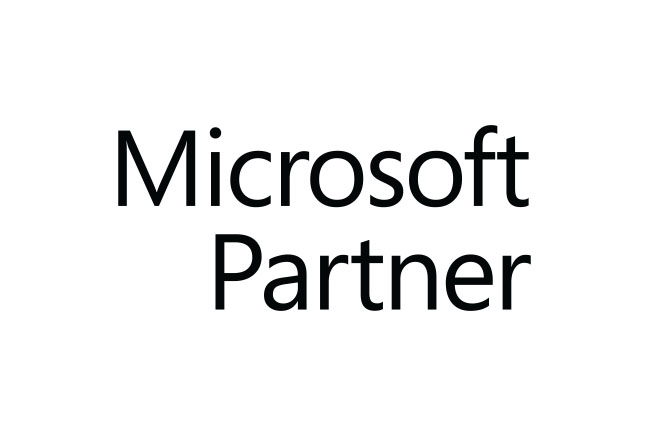Cybersecurity and IT Risk Management are two of the most important things to consider when it comes to protecting your data and keeping your business running smoothly. In this article, we’re going to look at five interesting facts about these topics that you may not have heard of before. Read on to learn more about the importance of both cyber security and IT risk management.
What is Cyber Security?
- Cyber security, also known as information security, is the practice of protecting electronic information by mitigating information risks and vulnerabilities. Information risks can include unauthorized access, use, disclosure, interception, or destruction of data. Data can include but is not limited to the confidential information of business or individual users.
- Unauthorized access refers to unauthorized individuals gaining access to systems or data. This can happen through a variety of means, such as hacking, social engineering, and malware. Once an attacker has accessed a system, they can then exploit vulnerabilities to gain further access or disrupt system operations.
- Use refers to using data or systems in an unauthorized manner. This could be something as simple as an authorized user accessing data they should not have access to or using a system for purposes it was not intended for. It could also be more malicious, like an attacker using stolen credentials to log into a system and then carrying out malicious activities.
- Disclosure occurs when data is unintentionally released to unauthorized individuals. This could happen through incorrect file permissions that allow unauthorized users to view sensitive data or through phishing attacks where attackers trick victims into revealing confidential information.
- Interception occurs when data is intercepted while in transit between two systems. This could happen if an attacker is able to eavesdrop on network traffic or if they are able to physically intercept storage media containing unencrypted data.
- Destruction refers to the intentional or accidental destruction of data. An attacker may delete files or databases in an attempt to cause damage.

Industry Perspectives on Cyber Security Risk Management
The Ponemon Institute’s 2018 Cost of a Data Breach Study found that the average cost of a data breach is now $3.86 million. This is a 6.4 percent increase from the 2017 study. The study also found that the average cost per lost or stolen record is $148.
As cyber attacks become more sophisticated and costly, companies are struggling to keep up with the latest trends in cyber security and risk management. Here are some interesting facts about cyber security and IT risk management from industry experts:
- The number one concern for CISOs is detection and response time to incidents, followed by preventing attacks (Ponemon Institute, 2017).
- Sixty-one percent of CISOs say their organization does not have an adequate incident response plan in place (Ponemon Institute, 2017).
- Thirty-seven percent of organizations do not have a formal process for managing cybersecurity risks (Accenture, 2016).
- Seventy percent of CEOs are not confident in their company’s ability to prevent a successful cyber attack (PwC, 2017).
- When asked what keeps them up at night, CISOs listed the following top 5 concerns: malware/ransomware, phishing/ social engineering, advanced persistent threats, IoT/OT security, and cloud security (ISSA International, 2017).
How to Implement a Successful Cyber Security Strategy
Understand your risks.
No two companies are alike, so it’s important to tailor your security strategy to fit your specific business needs and objectives. Perform a comprehensive risk assessment to identify where your company is most vulnerable to attack and what type of data or systems are at risk. This will help you prioritize which security measures to put in place first.
Develop a comprehensive plan.
Your security strategy should be more than just a list of isolated security measures. It should be a comprehensive plan that takes into account all aspects of your business, from the technology you use to the way your employees access data. Make sure your plan is well-documented and easy for everyone in your organization to understand and follow.
Train your employees.
Your employees are one of your biggest assets when it comes to cyber security. They can also be one of your biggest vulnerabilities if they’re not properly trained on how to protect themselves and your company against cyber threats. Make sure all of your employees are aware of the dangers of clicking on malicious links, opening attachments from unknown senders, and sharing sensitive information online. Provide them with regular training and updates on the latest cyber security threats and best practices for avoiding them.
Invest in the right tools and technologies.
There’s no one-size-fits-all solution when it comes to cyber security, so you’ll need to invest in a variety of tools and technologies to adequately protect your business.
Types of Cyber Attacks and Risks
There are many different types of cyber attacks that can pose a risk to businesses and individuals. Here are some of the most common:
- Malware Attacks: Malware is a type of malicious software that can infect a computer without the user’s knowledge. Once installed, malware can be used to steal sensitive information or disable critical systems.
- Phishing Attacks: Phishing is a type of social engineering attack in which criminals attempt to trick victims into revealing sensitive information or downloading malware. Phishing attacks often take the form of fake emails or websites that mimic legitimate companies or organizations.
- Denial-of-Service Attacks: A denial-of-service attack (DoS) is an attempt to make a computer or network resource unavailable to its users. DoS attacks typically exploit vulnerabilities in network protocols or application software to flood a target with requests, overwhelming it and preventing legitimate users from accessing it.
- SQL Injection Attacks: SQL injection attacks exploit vulnerabilities in web applications that use Structured Query Language (SQL) databases. By submitting malicious input to an application, attackers can execute unauthorized SQL commands that allow them to access sensitive data or make changes to the database itself.
- Cross-Site Scripting Attacks: Cross-site scripting (XSS) attacks occur when an attacker injects malicious code into a web page, resulting in the execution of the code by unsuspecting users who visit the page.
What to do if your Data is Breached?
If your data is breached, it is important to take immediate action in order to minimize the damage. Here are some steps you should take:
- Contact your IT department or security team and let them know about the breach.
- Notify the relevant authorities, such as the police, if the data breach involves sensitive information.
- Change all your passwords, especially if the breached data includes login credentials.
- Keep a close eye on your credit report and financial statements for any unusual activity.
- Review your insurance policy to see if you are covered for any damages incurred as a result of the data breach.
Conclusion
As Dynamics CRM partners, cyber security is essential to protect clients. With rising threats like phishing and breaches, we must prioritize risk management. By educating staff and leveraging 365’s security alongside backups, partners can better safeguard customer data. We outline 5 key facts on security for CRM partners to mitigate risks and reinforce systems against attacks. As threats grow, Dynamics partners must tackle risk management head on with robust solutions.

